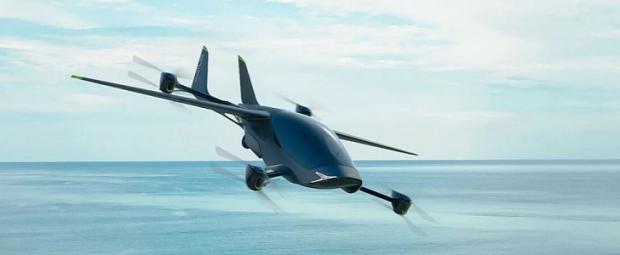
Breaking News
 FULL REPLAY: President Trump Delivers an Address to the Nation - 12/17/25
FULL REPLAY: President Trump Delivers an Address to the Nation - 12/17/25
 MELANIA, the film, exclusively in theaters worldwide on January 30th, 2026.
MELANIA, the film, exclusively in theaters worldwide on January 30th, 2026.
Top Tech News
 This tiny dev board is packed with features for ambitious makers
This tiny dev board is packed with features for ambitious makers
 Scientists Discover Gel to Regrow Tooth Enamel
Scientists Discover Gel to Regrow Tooth Enamel
 Vitamin C and Dandelion Root Killing Cancer Cells -- as Former CDC Director Calls for COVID-19...
Vitamin C and Dandelion Root Killing Cancer Cells -- as Former CDC Director Calls for COVID-19...
 Galactic Brain: US firm plans space-based data centers, power grid to challenge China
Galactic Brain: US firm plans space-based data centers, power grid to challenge China
 A microbial cleanup for glyphosate just earned a patent. Here's why that matters
A microbial cleanup for glyphosate just earned a patent. Here's why that matters
 Japan Breaks Internet Speed Record with 5 Million Times Faster Data Transfer
Japan Breaks Internet Speed Record with 5 Million Times Faster Data Transfer
 Advanced Propulsion Resources Part 1 of 2
Advanced Propulsion Resources Part 1 of 2
 PulsarFusion a forward-thinking UK aerospace company, is pushing the boundaries of space travel...
PulsarFusion a forward-thinking UK aerospace company, is pushing the boundaries of space travel...
 Dinky little laser box throws big-screen entertainment from inches away
Dinky little laser box throws big-screen entertainment from inches away
 'World's first' sodium-ion flashlight shines bright even at -40 ºF
'World's first' sodium-ion flashlight shines bright even at -40 ºF
Air targets mass production and fun with its One personal eVTOL

But there's another class of eVTOL starting to pop up here and there that's more about the pleasure of flight than about cheap A-to-B transport: the buy 'n' fly personal eVTOL.
Here's a new one out of Israel. The Air One, best we can tell, is a fixed-wing two-seater that conducts VTOL operations via eight vertical lift rotors mounted coaxially on four pods extending from the front of the cabin and the twin tail fins.
It appears to have retractable landing gear, and the sleek-looking cabin pops up to let the pilot and passenger hop in and out. Designed as an aircraft owners can fly for themselves, it gives you a glass panel forward of your feet through which you can see some of the ground below as you come in for landing. That's a nice practical touch, as are the collapsible wings, which will presumably squish this thing down small enough to fit in a garage.
While it's a winged design, it doesn't appear to have a pusher prop. So while we wouldn't call it a straight multicopter, it probably doesn't fit in the lift & cruise category either. Instead, the wings are mounted with a rearward tilt, such that they level out when the aircraft tilts forward to achieve forward motion, producing lift that takes some stress off the props.
This is an interesting take on things – the thrust from the props always has a significant vertical component – but it doesn't seem to suffer from too much inefficiency as a result of the lack of a pusher prop. Air promises a very decent range of 110 miles (177 km) per charge, endurance of about an hour and cruise speeds up to 155 mph (250 km/h).
The company is working on its own "fly by intent" control system, designed to make flying this thing as easy and accessible as possible. It's also developing an AI-enabled monitoring system to perform "frequent inspections of the vehicle and eliminate(s) checklists for riders to ensure paramount safety."

 The Prime Directive is Evil
The Prime Directive is Evil
 Don't Worry About Bitcoin
Don't Worry About Bitcoin

